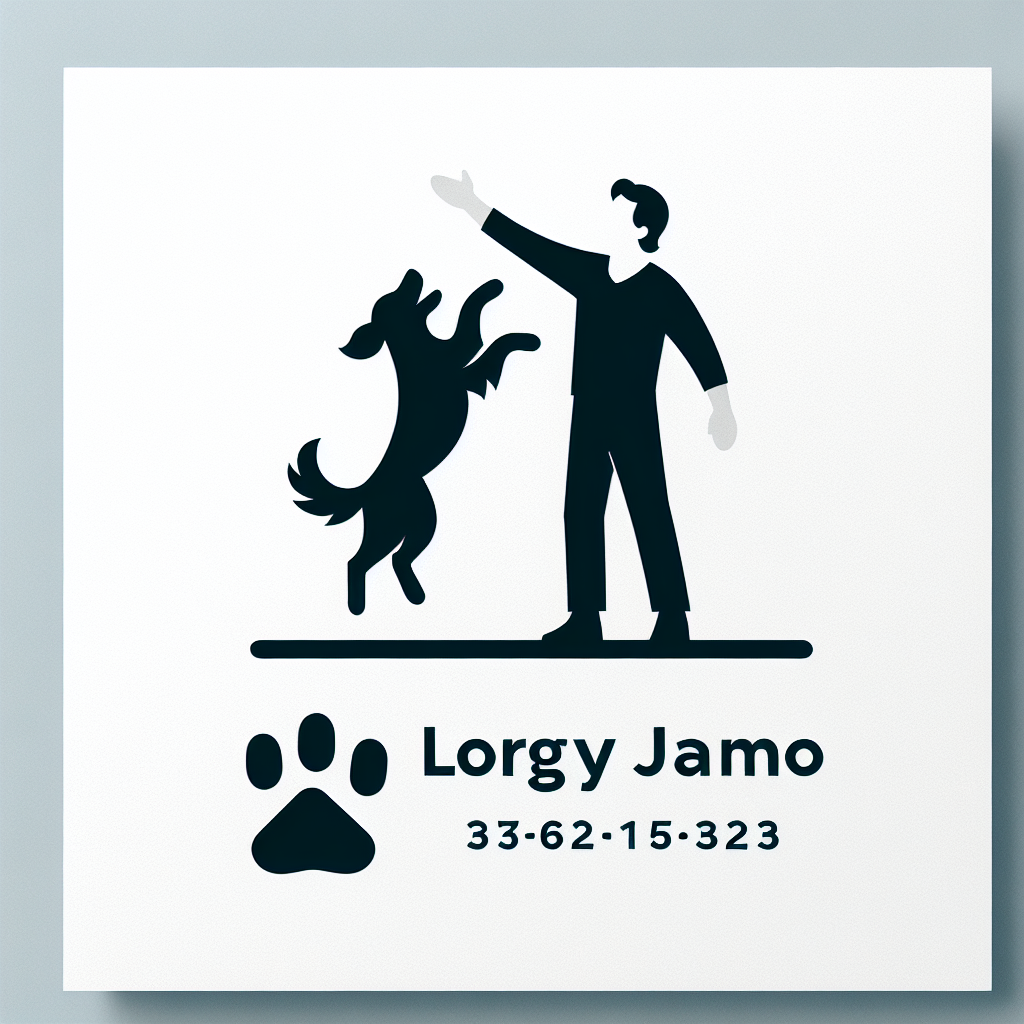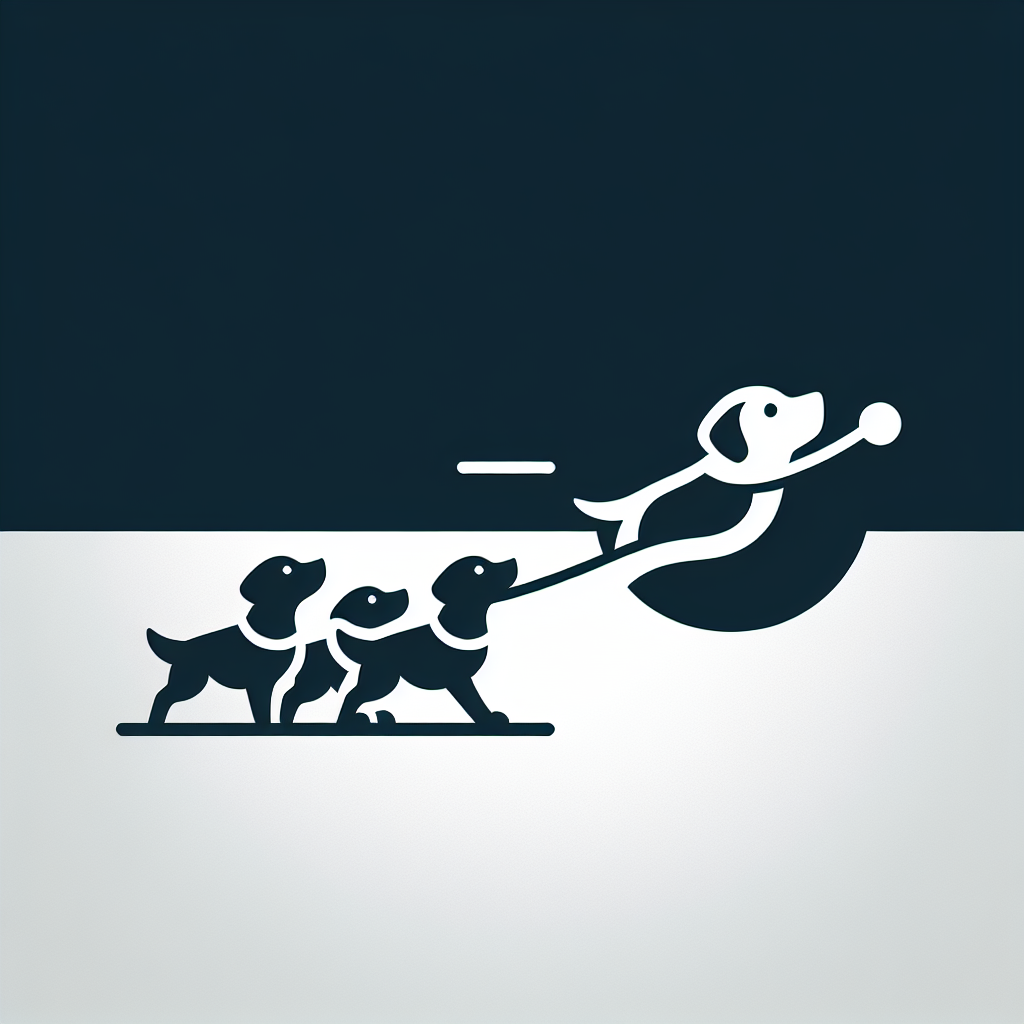Dogs are remarkable creatures, each with their unique personalities and quirks. However, they can also exhibit behaviors that might seem problematic to their owners. Understanding the underlying motivations behind these behaviors is crucial for fostering a harmonious relationship between you and your furry friend. In this blog, we’ll explore common dog behavior problems, what your dog truly wants, and how you can address these issues effectively.
1. Jumping Up to Greet
What Your Dog Wants: When your dog jumps up on you, they are often seeking attention and affection. This behavior is rooted in their instinctual desire to greet friendly faces with enthusiasm.
What They Get: While it may seem like an affectionate gesture, jumping can be overwhelming for some people and may lead to negative reactions. Instead of the desired connection, your dog might find themselves scolded.
Solution: To curb this behavior, encourage your dog to greet you calmly. Teach them to sit before receiving attention. Reward them with praise and treats when they remain calm during greetings.

2. Pulling Towards Other Dogs
What Your Dog Wants: Dogs are social animals and often want to interact with other dogs. Pulling on the leash is their way of expressing excitement and eagerness to socialize.
What They Get: Unfortunately, pulling can lead to frustration for both the dog and the owner, making walks stressful rather than enjoyable.
Solution: Train your dog to walk nicely on a leash. Use positive reinforcement techniques, rewarding them for staying by your side. Gradually expose them to other dogs in controlled environments, allowing them to practice polite greetings.

3. Stealing Food from the Counter
What Your Dog Wants: When your dog steals food, they are often motivated by hunger or the enticing smells wafting from the kitchen. It’s a natural instinct to seek out food, especially if they’re not getting enough or are bored.
What They Get: This behavior can lead to digestive issues, weight gain, and a host of other health problems, not to mention the frustration it causes for owners.
Solution: Ensure your dog is fed a balanced diet that meets their nutritional needs. Keep counters clear of food and use training techniques to teach them boundaries about where they can and cannot go.

4. Excessive Barking
What Your Dog Wants: Barking is a form of communication for dogs. They may bark to express excitement, alert you to something unusual, or seek attention.
What They Get: Excessive barking can lead to annoyance for both you and your neighbors, and it can create a negative atmosphere at home



